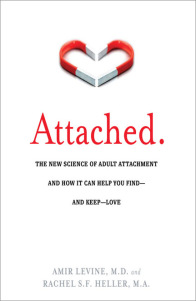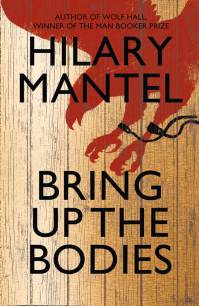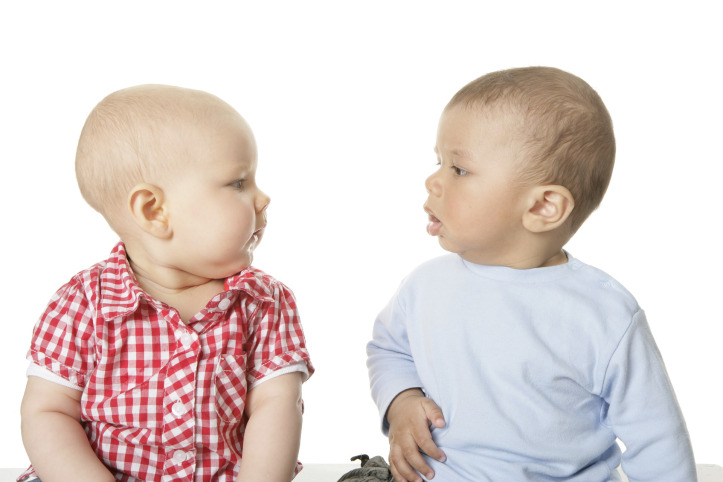 Attached by Amir Levine, M.D. and Rachel S.F. Heller, M.A.
Attached by Amir Levine, M.D. and Rachel S.F. Heller, M.A.Reviewed by Omeed Chandra
Have you ever wondered why some couples make being in a happy relationship look easy, while others seem to lurch from one drama to the next? A few months ago, I found myself pondering that very question when my last relationship came to a sudden and turbulent end. My good friend Dori Myer suggested that I read Attached, by Amir Levine and Rachel Heller, and it turned out to be just what I needed. I came away convinced that attachment theory was a Rosetta Stone that gave me a new understanding of why my past relationships hadn’t worked out.
Attachment theory posits that most of us are predisposed to one of three attachment styles which govern how we relate to our romantic partners:
- Secure attachment: You enjoy having emotional and physical intimacy with your partner, and tend to be warm and loving in your relationships.
- Anxious attachment: Like those with secure attachment, you crave intimacy. However, you tend to become preoccupied with your relationships and may need more reassurance that your partner loves you and will be there for you when you need them.
- Avoidant attachment: Becoming intimate with a partner can make you feel like you’ve lost your independence, and you may perceive your partner’s desire for intimacy as weak or needy.
According to Attached, the interaction between two peoples’ attachment styles is the single biggest factor in determining the success of their relationship. For example, relationships, where at least one partner has a secure attachment style, are more likely to be happy and stable. On the other end of the spectrum, relationships between someone with an anxious attachment style and someone with an avoidant attachment style–while surprisingly common–tend to be fraught with conflict.
Bridging the gap between pop psychology and self-help, Attached offers quizzes to determine your and your partner’s attachment styles, case studies of how the different attachment styles interact, and strategies for improving your odds of success when you’re in a relationship with someone who has an anxious or avoidant attachment style. Unfortunately, the book does little to help you understand why you have the attachment style that you do, nor does it provide the tools to develop a more secure attachment style on your own; such weighty matters are instead left to you and your therapist. Despite those shortcomings, I found Attached to be an engaging and insightful read, and I would recommend it to anyone who desires a happier and more fulfilling love life.
Share this:




